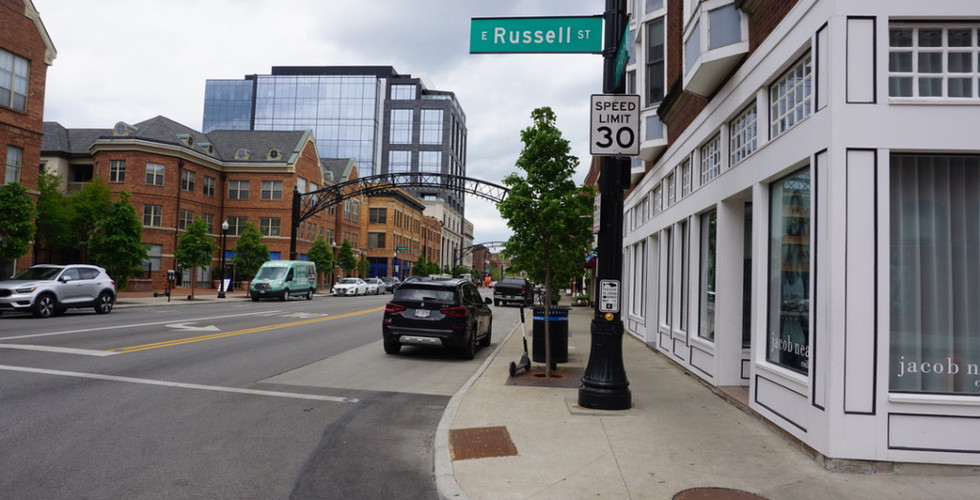Part One: NDC survey considers future of cities during COVID-19
- ColumbusNDC
- May 20, 2020
- 3 min read
Cities gain their competitive edge from density and diversity. For millennia, urban centers have been catalysts for innovation and progress of all kinds, allowing for the spread of ideas through physical proximity. The built environment of cities allows for serendipitous meetings and chance encounters that suburban and rural life cannot match. But with the novel coronavirus working its way across the globe, the very nature of urban life has emerged as a topic of discussion.
The pandemic challenges us to re-evaluate urban life as crowded sidewalks, insufficient green space, and cramped public transportation have transformed from daily nuisances into significant public health threats. Many urbanists and writers are considering this now, with dozens of articles and posts popping up around the topic. The following are a few excerpts we featured in the survey report:
COVID-19 has magnified the deficiencies of how we manage our cities but has also given us a unique chance to rethink, replan, and redesign. However, the question remains: will we heed these lessons? When the alternative is empty streets, quarantined urban dwellers, locked-down cities, a stalled economy, and most devastatingly of all, the loss of life, I argue we can no longer afford not to. Michele Acuto, One Earth April 15, 2020
Some cities — particularly those in dire financial straits — may neglect public space in favor of other priorities. But I would argue (and others support this theory) that we will eventually devote more resources to help us congregate and to strengthen our frayed community bonds, be it through parks, plazas, promenades, community centers or streets turned over to pedestrians. Sam Lubell, Los Angeles Times April 22, 2020
“Managing streets and public spaces, though, requires little more than tape, traffic cones, spray paint, and a sense of urgency. In a matter of weeks, officials and private citizens all over the world have jury-rigged enormous metropolitan areas.” Justin Davidson, The New Yorker April 27, 2020
Will restaurants survive and jobs come back? Will people still travel in crowded subways? Do we even need office towers when everyone is on Zoom? Foreign Policy May 1, 2020
At the Neighborhood Design Center, we are committed to empowering communities in Central Ohio through affordable design-related services. Since 1982, we have worked directly with neighbors and stakeholders to imagine unique projects and see them through to reality. Our philosophy—design is a right, not a privilege—reminds us that safe urban design is a right as well. Given the concerns caused by COVID-19, the NDC designed a survey to assess the impacts of the virus on people’s behaviors and perceptions in outdoor public spaces. The results, which we’ll discuss in part two of this post, illustrate a high level of concern regarding COVID-19 when using outdoor public spaces.
On March 22, 2020, the State of Ohio issued a stay-at-home order requiring non-essential business and operations to cease, limiting/banning public and private gatherings, and taking other steps to limit the spread of the coronavirus. This action had an immediate impact on our relationship to other people in outdoor public space as well. The NDC undertook this survey to gain a deeper understanding of the impacts of the stay-at-home order and the COVID-19 pandemic on people’s relationship to and perceptions of the built and natural environment in the context of human interaction.
Check out the survey results in our next post!













Comments